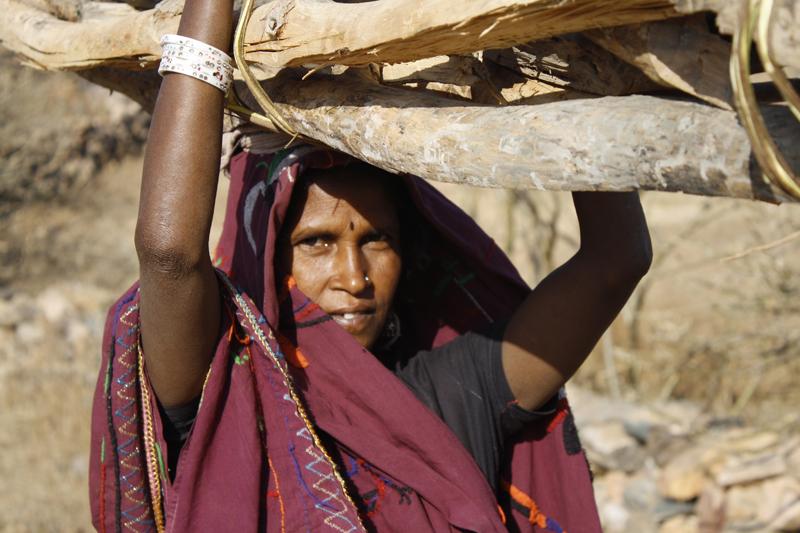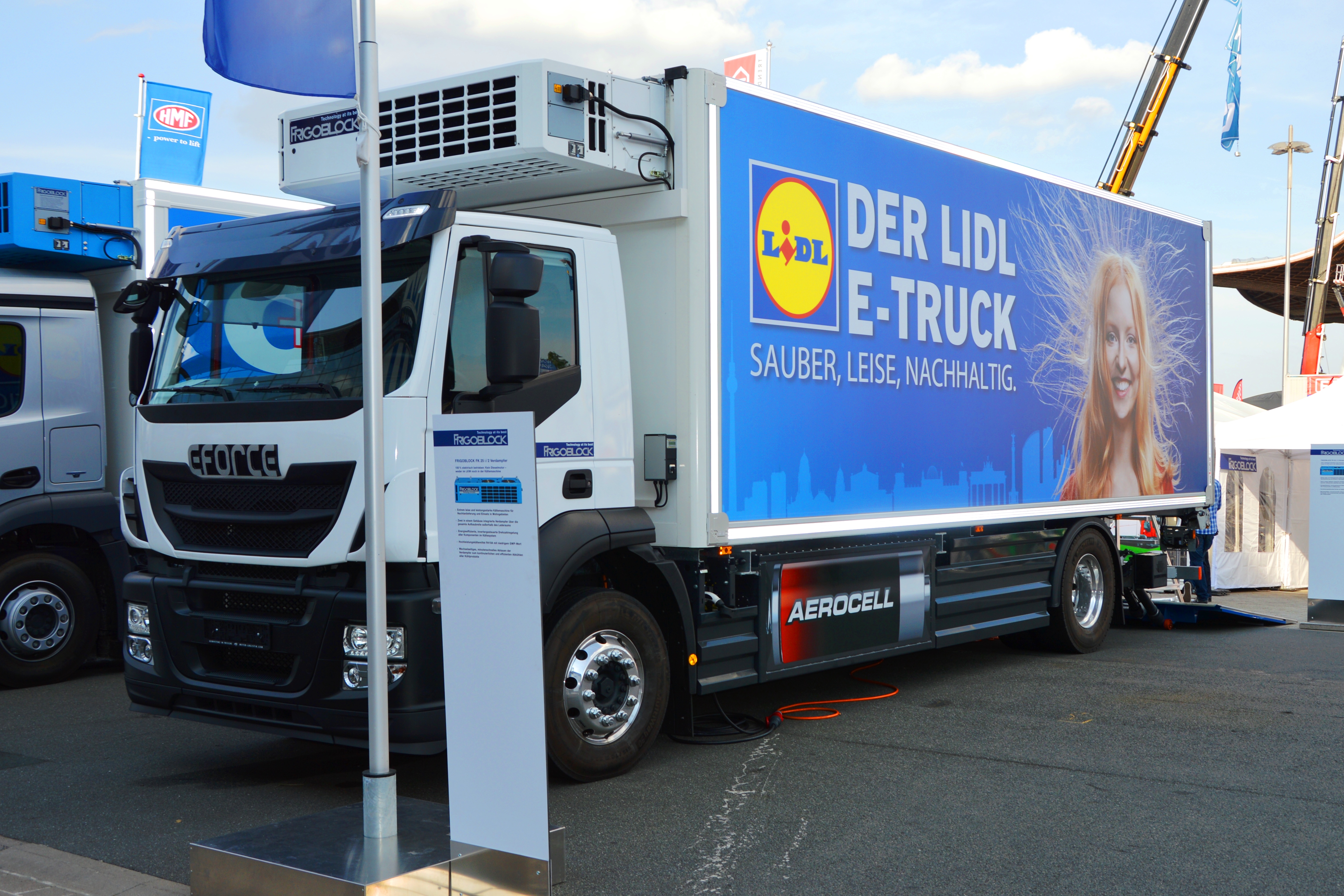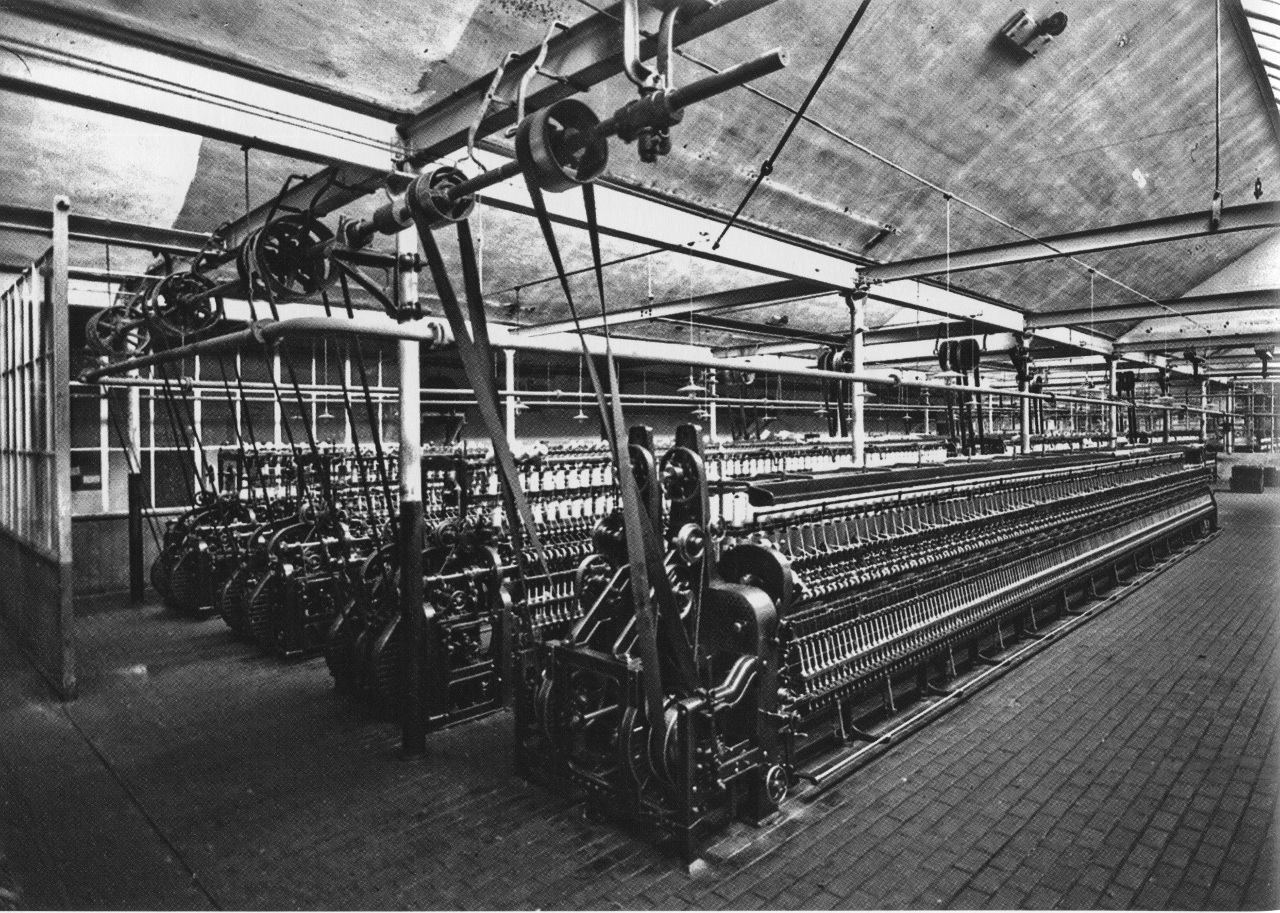|
Electrification
Electrification is the process of powering by electricity and, in many contexts, the introduction of such power by changing over from an earlier power source. In the context of history of technology and economic development, electrification refers to the build-out of the electricity generation and electric power distribution systems. In the context of sustainable energy, electrification refers to the build-out of super grids and smart grids with distributed energy resources (such as energy storage) to accommodate the energy transition to renewable energy and the switch of end-uses to electricity. The electrification of particular sectors of the economy, particularly out of context, is called by modified terms such as Mass production#Factory electrification, ''factory electrification'', ''household electrification'', ''rural electrification'' and ''railway electrification''. In the context of sustainable energy, terms such as ''transport electrification'' (referring to electric v ... [...More Info...] [...Related Items...] OR: [Wikipedia] [Google] [Baidu] |
Railway Electrification
Railway electrification is the use of electric power for the propulsion of rail transport. Electric railways use either electric locomotives (hauling passengers or Rail freight transport, freight in separate cars), electric multiple units (Passenger car (rail), passenger cars with their own motors) or both. Electricity is typically generated in large and relatively efficient electric power station, generating stations, transmitted to the railway network and distributed to the trains. Some electric railways have their own dedicated generating stations and electric transmission line, transmission lines, but most purchase power from an electric utility. The railway usually provides its own distribution lines, switches, and transformers. Power is supplied to moving trains with a (nearly) continuous electrical conductor, conductor running along the track that usually takes one of two forms: an overhead line, suspended from poles or towers along the track or from structure or tunnel cei ... [...More Info...] [...Related Items...] OR: [Wikipedia] [Google] [Baidu] |
Rural Electrification
Rural electrification is the process of bringing electrical power to rural and remote areas. Rural communities are suffering from colossal market failures as the national grids fall short of their demand for electricity. As of 2019, 770 million people live without access to electricity – 10.2% of the global population. Electrification typically begins in cities and towns and gradually extends to rural areas, however, this process often runs into obstacles in developing nations. Expanding the national grid is expensive and countries consistently lack the capital to grow their current infrastructure. Additionally, amortizing capital costs to reduce the unit cost of each hook-up is harder to do in lightly populated areas (yielding higher per capita share of the expense). If countries are able to overcome these obstacles and reach nationwide electrification, rural communities will be able to reap considerable amounts of economic and social development. Social and economic bene ... [...More Info...] [...Related Items...] OR: [Wikipedia] [Google] [Baidu] |
Sustainable Energy
Energy system, Energy is sustainability, sustainable if it "meets the needs of the present without compromising the ability of future generations to meet their own needs." Definitions of sustainable energy usually look at its effects on the environment, the economy, and society. These impacts range from greenhouse gas emissions and air pollution to energy poverty and toxic waste. Renewable energy sources such as wind power, wind, Hydroelectricity, hydro, solar energy, solar, and geothermal energy can cause environmental damage but are generally far more sustainable than fossil fuel sources. The role of Non-renewable resource, non-renewable energy sources in sustainable energy is controversial. Nuclear power does Low-carbon power, not produce carbon pollution or air pollution, but has drawbacks that include radioactive waste, the risk of nuclear proliferation, and the Nuclear and radiation accidents and incidents, risk of accidents. Switching from coal to natural gas has enviro ... [...More Info...] [...Related Items...] OR: [Wikipedia] [Google] [Baidu] |
Electricity Generation
Electricity generation is the process of generating electric power from sources of primary energy. For electric utility, utilities in the electric power industry, it is the stage prior to its Electricity delivery, delivery (Electric power transmission, transmission, Electric power distribution, distribution, etc.) to end users or its Grid energy storage, storage, using for example, the Pumped-storage hydroelectricity, pumped-storage method. Consumable electricity is not freely available in nature, so it must be "produced", transforming other forms of energy to electricity. Production is carried out in power stations, also called "power plants". Electricity is most often generated at a power plant by electromechanical electric generator, generators, primarily driven by heat engines fueled by combustion or nuclear fission, but also by other means such as the kinetic energy of flowing water and wind. Other energy sources include solar photovoltaics and geothermal power. There are ex ... [...More Info...] [...Related Items...] OR: [Wikipedia] [Google] [Baidu] |
Energy Transition
An energy transition (or energy system transformation) is a major structural change to energy supply and consumption in an energy system. Currently, a transition to sustainable energy is underway to limit climate change. Most of the sustainable energy is renewable energy. Therefore, another term for ''energy transition'' is renewable energy transition. The current transition aims to reduce greenhouse gas emissions from energy quickly and sustainably, mostly by phasing-down fossil fuels and changing as many processes as possible to operate on low carbon electricity. A previous energy transition perhaps took place during the Industrial Revolution from 1760 onwards, from wood and other biomass to coal, followed by oil and later natural gas. Over three-quarters of the world's energy needs are met by burning fossil fuels, but this usage emits greenhouse gases. Energy production and consumption are responsible for most human-caused greenhouse gas emissions. To meet the goals of ... [...More Info...] [...Related Items...] OR: [Wikipedia] [Google] [Baidu] |
Electric Vehicle
An electric vehicle (EV) is a motor vehicle whose propulsion is powered fully or mostly by electricity. EVs encompass a wide range of transportation modes, including road vehicle, road and rail vehicles, electric boats and Submersible, submersibles, electric aircraft and electrically powered spacecraft propulsion, electric spacecraft. Early electric vehicles first came into existence in the late 19th century, when the Second Industrial Revolution brought forth electrification and mass utilization of DC motor, DC and AC motor, AC electric motors. Using electricity was among the preferred methods for motor vehicle propulsion as it provided a level of quietness, comfort and ease of operation that could not be achieved by the gasoline engine cars of the time, but range anxiety due to the limited energy storage offered by history of the battery, contemporary battery technologies hindered any mass adoption of private electric vehicles throughout the 20th century. Internal combustion ... [...More Info...] [...Related Items...] OR: [Wikipedia] [Google] [Baidu] |
Line Shaft
A line shaft is a power-driven rotating shaft for power transmission that was used extensively from the Industrial Revolution until the early 20th century. Prior to the widespread use of electric motors small enough to be connected directly to each piece of machinery, line shafting was used to distribute power from a large central power source to machinery throughout a workshop or an industrial complex. The central power source could be a water wheel, turbine, windmill, animal power or a steam engine. Power was distributed from the shaft to the machinery by a system of belts, pulleys and gears known as ''millwork''. Operation A typical line shaft would be suspended from the ceiling of one area and would run the length of that area. One pulley on the shaft would receive the power from a parent line shaft elsewhere in the building. The other pulleys would supply power to pulleys on each individual machine or to subsequent line shafts. In manufacturing where there were a ... [...More Info...] [...Related Items...] OR: [Wikipedia] [Google] [Baidu] |
National Academy Of Engineering
The National Academy of Engineering (NAE) is an American Nonprofit organization, nonprofit, NGO, non-governmental organization. It is part of the National Academies of Sciences, Engineering, and Medicine (NASEM), along with the National Academy of Sciences (NAS) and the National Academy of Medicine (NAM). The NAE operates engineering programs aimed at meeting national needs, encourages education and research, and recognizes the superior achievements of engineers. New members are annually elected by current members, based on their distinguished and continuing achievements in original research. The NAE is autonomous in its administration and in the selection of its members, sharing with the rest of the National Academies the role of advising the federal government. History The National Academies of Sciences, Engineering, and Medicine#History, National Academy of Sciences was created by an Act of Incorporation dated March 3, 1863, which was signed by then president of the United ... [...More Info...] [...Related Items...] OR: [Wikipedia] [Google] [Baidu] |
Electric Power Distribution
Electric power distribution is the final stage in the Power delivery, delivery of electricity. Electricity is carried from the Electric power transmission, transmission system to individual consumers. Distribution Electrical substation, substations connect to the transmission system and lower the transmission voltage to medium voltage ranging between and with the use of transformers. ''Primary'' distribution lines carry this medium voltage power to distribution transformers located near the customer's premises. Distribution transformers again lower the voltage to the utilization voltage used by lighting, industrial equipment and household appliances. Often several customers are supplied from one transformer through ''secondary'' distribution lines. Commercial and residential customers are connected to the secondary distribution lines through service drops. Customers demanding a much larger amount of power may be connected directly to the primary distribution level or the subtrans ... [...More Info...] [...Related Items...] OR: [Wikipedia] [Google] [Baidu] |
Mass Production
Mass production, also known as mass production, series production, series manufacture, or continuous production, is the production of substantial amounts of standardized products in a constant flow, including and especially on assembly lines. Together with job production and batch production, it is one of the three main production methods. The term ''mass production'' was popularized by a 1926 article in the ''Encyclopædia Britannica'' supplement that was written based on correspondence with Ford Motor Company. ''The New York Times'' used the term in the title of an article that appeared before the publication of the ''Britannica'' article. The idea of mass production is applied to many kinds of products: from fluids and particulates handled in bulk (food, fuel, chemicals and mined minerals), to clothing, textiles, parts and assemblies of parts ( household appliances and automobiles). Some mass production techniques, such as standardized sizes and production lines, ... [...More Info...] [...Related Items...] OR: [Wikipedia] [Google] [Baidu] |
Electricity
Electricity is the set of physical phenomena associated with the presence and motion of matter possessing an electric charge. Electricity is related to magnetism, both being part of the phenomenon of electromagnetism, as described by Maxwell's equations. Common phenomena are related to electricity, including lightning, static electricity, electric heating, electric discharges and many others. The presence of either a positive or negative electric charge produces an electric field. The motion of electric charges is an electric current and produces a magnetic field. In most applications, Coulomb's law determines the force acting on an electric charge. Electric potential is the Work (physics), work done to move an electric charge from one point to another within an electric field, typically measured in volts. Electricity plays a central role in many modern technologies, serving in electric power where electric current is used to energise equipment, and in electronics dealing w ... [...More Info...] [...Related Items...] OR: [Wikipedia] [Google] [Baidu] |
Renewable Energy
Renewable energy (also called green energy) is energy made from renewable resource, renewable natural resources that are replenished on a human lifetime, human timescale. The most widely used renewable energy types are solar energy, wind power, and hydropower. Bioenergy and geothermal power are also significant in some countries. Some also consider Nuclear power proposed as renewable energy, nuclear power a renewable power source, although this is controversial, as nuclear energy requires mining uranium, a nonrenewable resource. Renewable energy installations can be large or small and are suited for both urban and rural areas. Renewable energy is often deployed together with further electrification. This has several benefits: electricity can heat pump, move heat and Electric vehicle, vehicles efficiently and is clean at the point of consumption. Variable renewable energy sources are those that have a fluctuating nature, such as wind power and solar power. In contrast, ''contro ... [...More Info...] [...Related Items...] OR: [Wikipedia] [Google] [Baidu] |








